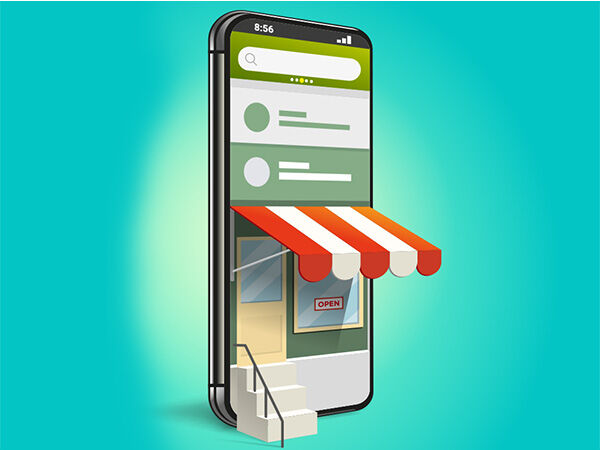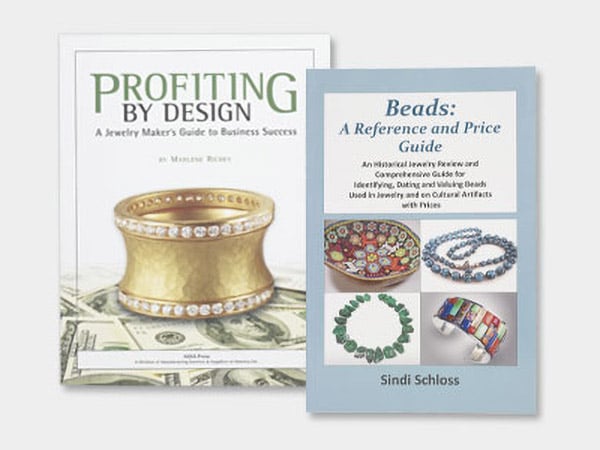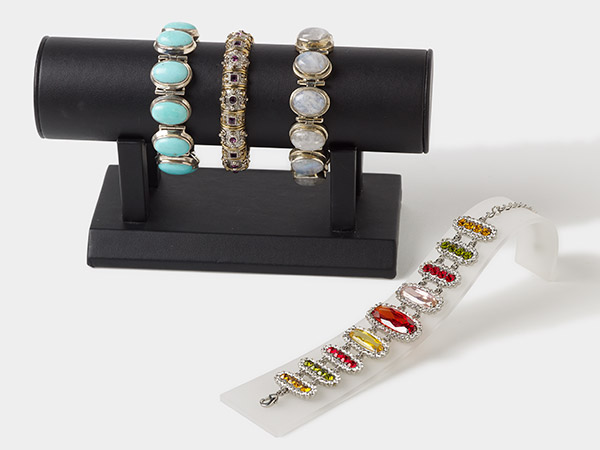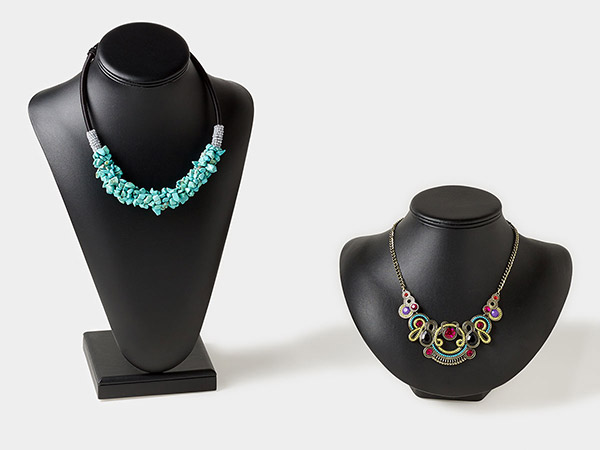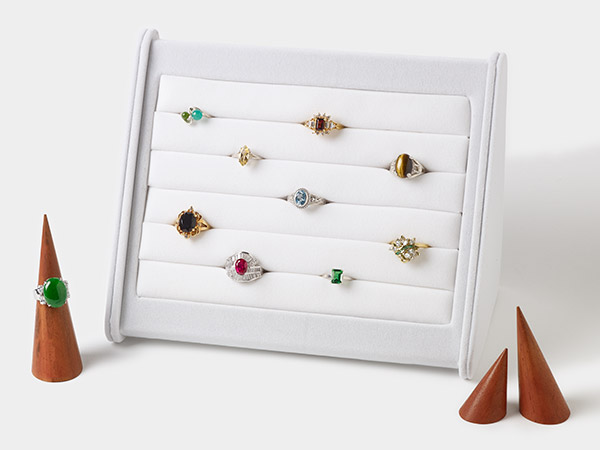How to Be an Online Seller
Becoming an online seller can be a scary proposition for many jewelry artists. How do you effectively build an online presence and generate sales? Here are some expert tips from our Director of Sales, Todd Bushman, and his team.
SEO
SEO is a phrase used often in the modern business world but what exactly is it? SEO specialist Rachel Standley describes it this way:
SEO stands for search engine optimization and it can be described as doing everything you can, both technically and from a creative standpoint, to make your website or web page the best option for anyone searching for things related to your offering.
This includes researching words and phrases that people use when searching for your products. "Far more people are likely to search for “blue beads” than “aqua-colored spheres with holes for stringing”. By being strategic about how you write copy about your products, you can capture more attention," notes Rachel.
Explore more with the article SEO Tips to Boost Traffic to Your Website.
PPC
PPC or pay-per-click is a widely used advertising method that can get your advertisements to the right people at the right time via a platform like Google Ads. You only pay an advertising fee if they click on your ad. They are also highly customizable. As Todd observes, "You can set a monthly budget, target certain words such as "custom wedding jewelry", create specific target audiences and more to optimize your return."
When using a PPC service for the first time, Todd recommends keeping it simple and starting "with a very specific ad campaign targeting a few key search terms that pertain to your business and that has a decent amount of traffic." Once you get used to the platform and see how your ads are doing, you can gradually expand as your budget allows.
Explore more with the article How to Use PPC to Drive Traffic to Your Website.
Marketing emails are a fantastic way to reach both current and future customers. Before you can send compelling emails, you need people to send them to. "Start capturing email addresses anywhere your customers, or potential customers, are," says Todd. If you have a website, make sure there is an email signup form for it and if you sell at craft shows or farmer's markets, have a paper form readily available for anyone who stops by to sign up for emails. Make it clear that they are signing up for marketing emails. Keep records of those that have signed up, along with their consent for legal purposes. Also, be sure to check any applicable anti-spam laws before sending any marketing emails.
Marketing emails don't need to be limited to sales or promotions. Is a show coming up? Send a newsletter with the details of the upcoming event. Maybe you have new designs coming; an email showcasing the product line would be just the thing. Or just an email to say hello.
Consider trying to design your own emails. "Just experiment. If it gets too technical or difficult, there are also likely online tutorials to walk you through how to create the email you want," says Todd. There are also email-building platforms available, some with free versions and ready-made templates.
Explore more with the article Email Marketing for Your Jewelry-Making Business.
Website Optimization
A well-thought-out website is crucial for any online business. Shoppers are looking for an easy-to-navigate site where they can easily find and purchase what they want. The fewer clicks it takes to get from your homepage to the checkout page, the better. You can do this with good organization. Create logical categories and filters to help visitors quickly locate items and use wording that is widely understood on your site and in the product descriptions.
The search feature available on your site is another valuable tool. "Most search tools have adjustments you can make behind the scenes for things like synonyms that will help show products for different words and phrases visitors may use," notes Todd.
Social Media
Social media is critical to developing your online presence, and there are many platforms to choose from. Facebook, Pinterest and Instagram are three of the biggest, and TikTok is very popular with those under 30. Regular engagement will increase brand awareness and put a face to your company, which can generate leads, increase visits to your site and boost sales. Paid advertising options are also available and will help potential customers find you right away "instead of waiting for them to find your business organically," notes Social Media Specialist Melissa Edwards.
YouTube
YouTube is another excellent way to get your business out there. To build your audience, Melissa recommends posting a video to your channel 1-2 times a week and being consistent. "Whether you are releasing a video once a week or 7x a week, you need to do it on the same day and at the same time each week."
Here are a few more things she recommends for a solid YouTube presence:
- Zero in on your specific niche and your ideal audience
- Increase your views with custom thumbnail images
- Create playlists to multiply views
- Promote your YouTube videos on all your social media channels
- Ask your viewers to subscribe to your channel in the videos
Catalogs and Brochures
Going online also opens the possibility of digital catalogs and brochures. But does this spell the end of their paper counterparts? Not necessarily. Todd recommends both if you have a budget that will stretch to that. "Having a printed catalog that customers can touch, earmark pages and compare items is very helpful. Especially if you are selling to other businesses to resell your goods."
Often, adjustments need to be made for brochures and catalogs to translate to a digital space. When transitioning to digital brochures and catalogs, think of the devices your customers are likely to use, like a smartphone, and format accordingly. And Todd reminds us that it's important to "test it before you go live."
Have a question regarding this project? Email Customer Service.
Copyright Permissions
All works of authorship (articles, videos, tutorials and other creative works) are from the Fire Mountain Gems and Beads® Collection, and permission to copy is granted for non-commercial educational purposes only. All other reproduction requires written permission. For more information, please email copyrightpermission@firemtn.com.
